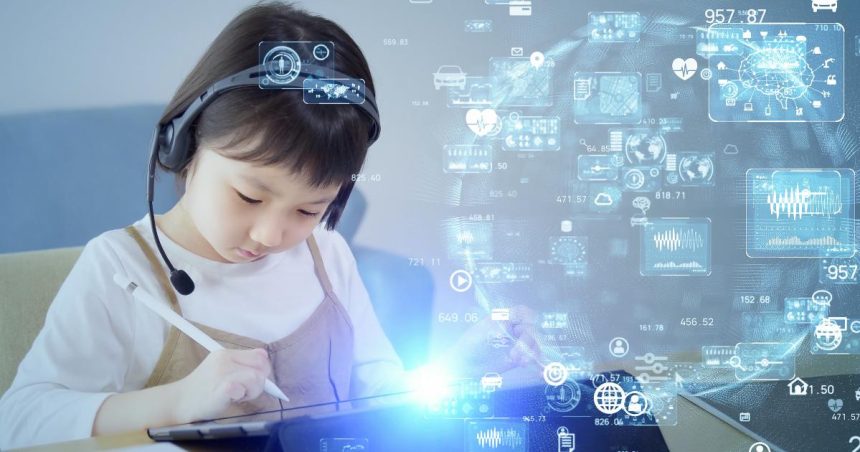Before AI tutors, access to tutoring was exclusively reserved for those who could afford it. Today, AI tutors are flipping this on its head, giving equal opportunity to everyone and democratising the way students can access learning support.
But recent research from Pearson – a global company that promotes itself as helping people realise the life they imagine through learning – shows a gap in AI adoption between students and instructors, with more students currently using AI for study purposes. Pearson’s AI for educators aims to bridge that gap and enhance the educational experience for both teachers and students.
EducationDaily spoke with Dr Richard George, VP of AI and Data at Pearson, to learn more about how AI integration is making education accessible for all.

How is AI’s integration into the Australian education sector revolutionising the way teachers teach?
Students have been utilising AI in their learning for years, yet educators have lagged behind. Pearson is in the process of rolling out its AI for Educators tool that ensures that teachers have skin in the game; helping instructors create personalised assignments quickly, allowing them to focus more on direct student interaction and deeper learning. For example, Pearson’s AI for Education can analyse a student’s learning style, pace, and areas of difficulty, to tailor lesson plans that cater to the students’ individual needs.
Using AI and large language models gives teacher’s more time to do what they do best – teach. Teachers can automate tasks that have traditionally reduced the time teachers spend with students, such as grading and attendance taking, to amplify face to face engagement.
How is that different approach to teaching with AI integration impacting the way students today are learning?
Generative AI plays a key role in the way students are now learning and retaining information. Over 70,000 students across 1,000 higher education institutions across the globe currently utilise Pearson generative AI study tools in some capacity – these tools offer 24/7 support, so students can receive around the clock personalised guidance on complex topics that they would otherwise have to tackle alone outside of office hours. Overall, students report feeling better prepared for assessments, with AI usage quadrupling in some courses.
AI enables tailoring educational content to the individual student’s current proficiency. This personalised learning not only ensures students remain adequately challenged and motivated but also increases the accessibility and inclusivity of learning.
Of course, with great power comes great responsibility, and students can use generative AI more so as a “shortcut” rather than a tool. While we continue to encourage and foster this relationship between students and AI, we simultaneously prioritise establishing safeguards around plagiarism as they emerge.
Does it vary between the way primary school students are learning in this new changing space as compared to secondary, older students? What about in the tertiary education space where you have older people, including mature age students, undertaking further education? What is the impact on the way they are being taught?
Just as traditional education evolves with students, so too does AI. Primary students benefit from foundation skill development and engagement. As students progress into secondary school, AI becomes a helpful guide to breakdown more complex topics beyond the classroom.
While there is a potential learning curve for those returning to study who have not previously engaged with AI, generative AI study tools are ultimately a helping hand for mature age students. Just as AI can personalise learning methods for primary students, it can do the same with tertiary; optimising study sessions for those learning around full-time employment or children, to ensure they’re retaining the most information in smaller time frames.
In what ways does Pearson‘s AI for educators help bridge the gap that many teachers may feel they have related to utilising AI within their teaching?
There is typically an assumption that teachers are yet to integrate AI into their learning model, especially those more mature, will naturally be more apprehensive about the tools. However, the automation of administrative tasks allows teachers to rely on traditional technology less and spend more time face to face with students. Rather than cramming multiple tools into routines at once, educators would benefit from one or two tools to simplify key tasks to begin their journey with AI.
What else would you want Australian educators to know about how Pearson can help them?
Pearson is a true believer that leveraging AI advances classroom experiences, improves student engagement, and fosters deeper understanding, ultimately supporting both professional growth and learning outcomes.
It’s never too late to incorporate more technology into your education models; Pearson offers a comprehensive suite of resources designed to support both educators and students. If additional support is required, professional development opportunities are available, designed to help educators build confidence in using technology effectively.








